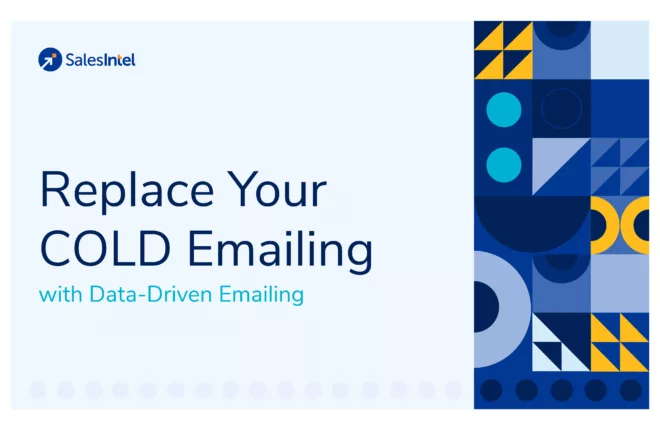The trend of doing business online affects B2B marketing as well as any other facet of entrepreneurial activity. It makes perfect sense for companies looking to offer their products and services to focus their attention on account-based marketing. Social media has become a convenient forum for professional interaction, and it is difficult to argue with the idea that LinkedIn is at the forefront of bringing professionals together. It is not surprising that businesses are increasingly turning to LinkedIn account-based marketing (ABM) as the way to make lead generation efficient and precise.
What is LinkedIn account-based marketing?
The idea behind the approach is to narrow the target audience as closely as possible based on the specific details of the targeted accounts. It allows a business to address specific companies or particular departments/professionals within the selected companies to ensure personalized communication. The thing to bear in mind is that LinkedIn account-based marketing is not a silver bullet, and careful preparation is necessary to make this strategy bring lasting success.
Key steps in launching your LinkedIn ABM campaign
To make the approach work, you need to follow a few simple steps before getting started with LinkedIn account-based marketing. The following advice may appear self-evident, but it is never wrong to pay close attention to detail when it comes to business practices.
Define your targets
The first step towards launching a successful ABM campaign is making the list of companies and their employees whose accounts you are planning to target. As already discussed, LinkedIn ABM is centered around limiting the number of accounts that will see your marketing materials. Therefore, it is of utmost importance to decide whom to address.
This decision is not to be made on the spot. The right approach is to make a list of possible target accounts and then narrow it down through brainstorming by the marketing department. The resulting set of accounts to address will bring the most potential to the table as it ensures that the target accounts belong to people and companies interested in what your company has to offer.
Customize your message
Once you identify your target accounts, you need to craft the messages that will be appealing to their owners. In order to do so, you need to research the needs of the businesses or professionals you offer your products and services to. It also helps to identify the challenges they may face currently or in the observable future.
Needless to say that the content you provide to each target account will differ based on the results of the research discussed above. While your target audience is likely to have a lot in common, it is necessary to shape your marketing message to fit the needs of a particular account owner to make sure that the strategy of focusing on the limited number of prospective clients pays off.
Adopt a trial and error mindset
Even adhering to the hints provided above does not guarantee instant success. Nothing does, in fact. However, the great feature of ABM is that it allows for continuous analysis and adjustment. Therefore, instead of putting all eggs in one basket, it is necessary to launch small campaigns for various target groups and analyze the differential responses they provide. The insights gained will inform further decisions about reconsidering the selection of target accounts or the content strategy. Making testing and adjusting your activities constant ensures that you reap the most benefit from LinkedIn ABM.
Don’t be afraid
The conclusion to draw from the considerations discussed above is that ABM is the right approach for modern B2B companies to adopt, and LinkedIn is the right place to do so. Launching an ABM campaign is demanding in terms of research and intellectual effort, but the possible benefits make it worth every minute spent researching and brainstorming.
Valerie Ronson is a content marketing professional at WriteMyEssay4Me. Previously, Valerie was tasked with building a brand identity and online presence through the creation and dissemination of multimedia content online. She graduated with honors from London University with a dual degree in Business Administration and Creative Writing.




